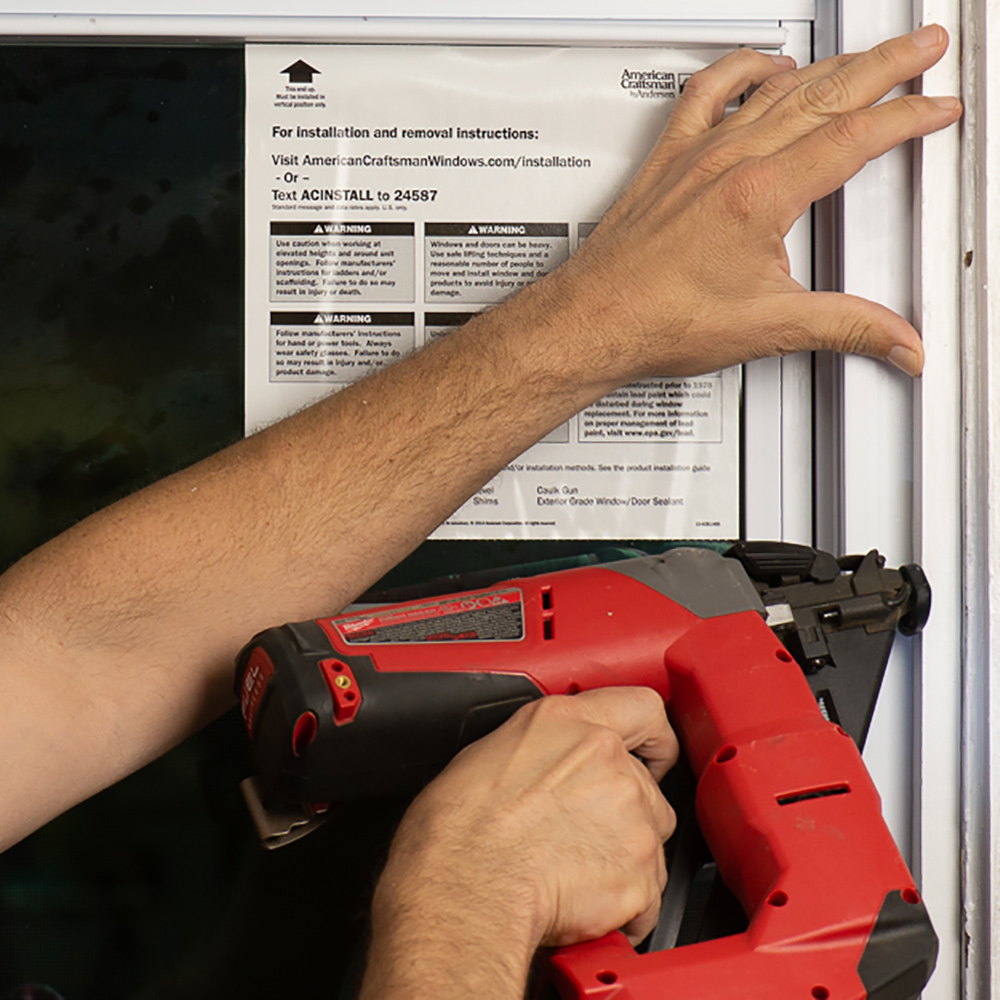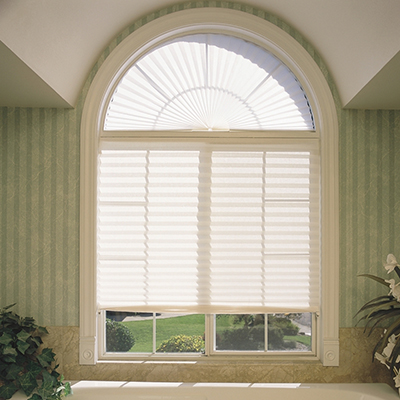How to Measure Windows

Last updated February 7, 2024
Measuring windows to find the correct size for replacement is a simple DIY task. Take your time to get it right. You'll need an accurate size for a proper fit. Use this guide to learn how to measure windows for replacement, how to measure for window screens and how to measure for storm windows.
Difficulty:
Beginner
Duration:
Under 2 hours
Table of Contents
Get Familiar With Parts of a Window
Check Windows for Square, Plumb and Level
Measuring Window Width
Measuring Window Height
Measuring for Storm Windows
Measuring for Window Screens
Get Familiar With Parts of a Window

Window styles vary, but the basic anatomy will always remain the same.
Starting from the bottom, the window’s apron is mostly decorative. It also functions as a cover, hiding the space between the wall and the window frame.
The stool of the window is actually the interior sill. The words are used interchangeably, but the sill is technically on the exterior of the building, while the stool is the flat, shelf-like portion on the interior. The sill is required for structure and protection from rain, but it can also be decorative.
Not all windows have weep holes, but these small, rectangular holes let water drain out, keeping moisture from building up inside the window frame.
The inside casing, or trim, goes around the window, covering spaces between the frame and wall. The apron can also be considered trim.
The stool, apron, inside casing and trim are all dressing for the window and are not considered part of the actual window.
The following are the window terms we use to measure:
- Sash: The moveable or fixed part of the window that holds the glass
- Head: The top part of the frame that touches the top of the sash
- Sill: The bottom part of the frame that touches the bottom of the sash
- Jambs: The vertical pieces on either side of the frame that touch the sides of the sash
Check Windows for Square, Plumb and Level

Before learning how to measure a window, first determine whether the existing window frame is square, level and plumb. Standard window sizes vary, but replacements are square. They have 90-degree corners, so measuring for replacement windows has to be precise. Plumb measures the vertical straightness, which is whether it tilts forward or backward in the frame. Level measures horizontal straightness.
To check if your windows are in square alignment:
- Hold a tape measure on the top right corner where the horizontal and vertical window jambs meet.
- Extend the tape measure diagonally downward to the lower left corner where the trim meets. Record the measurement.
- Next, take the measurement from the upper left corner to the lower right corner. Record the measurement.
- Compare the two measurements. Most standard window sizes will securely fit in your window opening if the two measurements are within 1/4-inch of each other.
To check if the window is plumb:
- Place the level against the face of the side jamb.
- Confirm the bubble is between the two indicator lines on the level.
- If it is, the window is plumb.
To check if the window is level:
- Place the level on the sill.
- Confirm the bubble is between the two indicator lines on the level.
- If it is, the window is level.
Measuring Window Width

Whether you’re learning how to measure for replacement vinyl windows, aluminum windows or casement windows, the dimensions of standard window sizes are presented as width x height.
Measure the window width from the inside jamb on the left side and right side of the window in three places – the bottom, middle and top.
- Do not include any trim in this measurement.
- To expose the jamb (the vertical side of the window frame) at the bottom of the window, raise the window sash.
- Place a tape measure horizontally between the inside jamb on the left and the right.
- Close the window and make a similar measurement from jamb to jamb near the middle of the window.
- Measure the distance between the jambs at the top of the window.
- Record the shortest measurement. This is the window opening width.
Tip: It’s best practice to accurately measure each window individually. Two windows in the same room may appear to be the same size but may not be.
Measuring Window Height

The next step in how to measure a window is to find the window height. Here’s how:
Use the tape measure to measure from the sill to the top of the window opening.
The sill is where the sash rests when closed. (The sill is not the horizontal trim board that extends from the wall. That piece of trim is the window stool.)
Make three vertical measurements. Measure on the left side of the window from the sill to the header, then the center and finally on the right side.
Record the smallest of these numbers. This is the window opening height.
Tips to consider:
When measuring windows, remember that trim should not be included in all the measurements.
Depth is not usually an issue with how to measure windows for replacement. Usually you won't need this measurement for a replacement window. However, depth could be a problem if your window opening is too narrow for a new window. Open the window, then measure the jamb depth of the existing window. This space at the sill is the distance between the back and front of the trim. It needs to be at least 3 1/4-inches, especially if you live in a modular or mobile home.
Measuring for Storm Windows

The process for how to measure for storm windows is similar to finding measurements for single- or double-hung windows.
- To find the width, measure jamb-to-jamb from the inside of the trim on one side of the window to the inside of the trim on the other side.
- Measure at the bottom, middle and top of the window.
- Record the shortest measurement as the width.
To find the height, measure from the sill to the inside of the trim at the top of the window.
- Measure at the left, center and right side of the window.
- Record the shortest measurement as the height of your storm window.
Using the smallest measurements for the width and height will make sure that the storm window’s flanges will fit inside the exterior trim of the window opening.
Measuring for Window Screens

Learning how to measure for window screens is straightforward. If a screen is being replaced and the existing damaged screen is available – or another window of the same size has a screen – simply measure the width and the height of the existing screen.
If a screen is being added to a window that does not currently have one:
- Measure the distance between the screen channels on the window frame. Subtract 1/8 inch from the measurement for the width dimension.
- To determine the height of the new screen, raise the window sash and measure up from the lip (a ridge that holds the screen in place) along the screen channel to the sash. Add 1/8 inch to the measurement for the height dimension.
Tip: Always refer to the window's manufacturer for specific requirements.
If you need to replace windows, find them with The Home Depot Mobile App. If this project is a little more complex than you want to tackle, The Home Depot's Window Installation services can help. For free design, purchase and installation help with windows and doors, call us anytime between 9 a.m. - 9 p.m. EST at 1-833-HDAPRON (432-7766).
Related Products
Related Guides
Leave Your Next Project to Us
Professional Window Installation
- Expert Window Installers at Your Fingertips
We hand-select licensed and insured window contractors in your area who are known for their experience, knowledge, and superior service.
- How Our Window Installation Service Works
Experience a streamlined process with The Home Depot starting with a complimentary consultation either in your home or via virtual conferencing. Our skilled window installers will assess your windows, offering personalized recommendations that align with your home's needs, style preferences, and budget. You'll receive a detailed quote encompassing materials and installation costs, valid for 30 days. After finalizing your selections, a dedicated window contractor will place a custom order and schedule your professional installation. When your custom windows arrive, our expert team will ensure prompt delivery and seamless installation, enhancing your home's comfort and aesthetics effortlessly.



























